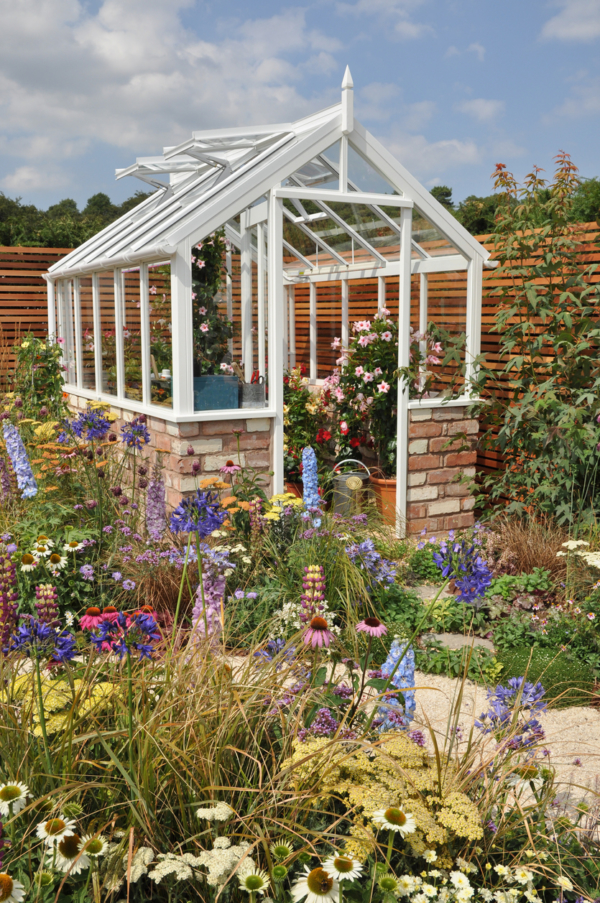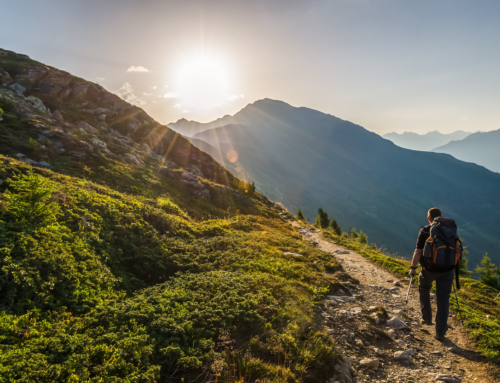Growing your own garden is one of the best ways to live a more sustainable life, but there are several crucial factors to consider before you begin. Use the following tips for a thriving garden and a sustainable greenhouse.
Are Greenhouses Sustainable?
Greenhouses have the potential to be sustainable as long as they’re planned and executed correctly. When considering a remodel or new build, finding the best ways to work with nature and available resources is crucial during the initial design phase.
Here are some things to remember as you plan your sustainable greenhouse.
- Choose eco-conscious building supplies, such as renewable resources.
- Consider the most efficient and environmentally friendly ways to supply light and water, as well as to control the temperature inside your greenhouse before you start to build.
- Know how much water you have available from sustainable collection methods and how much you anticipate your plants will need. You should also consider the most efficient delivery method to keep your plants hydrated.
- It’s also essential to think about how much fuel your greenhouse realistically needs to maintain an optimal growing environment. Can you harness the power of the sun and wind to provide environmentally friendly support to your greenhouse?
- Remember that a freestanding greenhouse often offers the greatest sustainability options for creating harmony with your natural environment. Careful design and placement create your best green living options for solar energy and water collection systems.
- Keep in mind that a little more expense at the beginning will reap long-term benefits.
Location
When it comes to building a greenhouse of any kind (sustainable or not), location is arguably the most important factor to consider before you break ground. Where you choose to build your greenhouse will have the most consistent and powerful impact on your garden, so choose wisely.
The best placement for a greenhouse (if space allows) is in a wide-open space where the sunlight can reach it any time of the year. It shouldn’t be near any obstructions that will block the sunlight from doing its job.

Orientation also plays a crucial role in the success of your garden. The longest wall should face the direct south, so as to capture the morning afternoon sunlight. Ideally, you’ll want to place your greenhouse on an east to west orientation.
Permanence
Choosing the right location is very important, as moving a greenhouse is a difficult endeavor. In addition to the location, you will also need to consider which type of greenhouse will suit you best. Gutter-connected greenhouses are a bit smaller than standalone structures, but they allow for compartmentalization and expansion in the future.
While a foundation isn’t always required for a basic structure such as a greenhouse, we do recommend it if you want to build a sustainable greenhouse that will stand the test of time. A basic concrete and gravel foundation with perimeter bolts will suffice.
Sustainability
Greenhouses require a great deal of energy and water to keep the garden inside well-nourished. The key to crafting a self-sustainable greenhouse garden is to draw water and energy from natural sources. This achievement of sustainability is likely to cost a little more upfront, but it will definitely pay off in the long run.
We suggest you consider adding solar energy panels (if space allows) to pull your energy directly from the sun. You may also want to add a solar energy battery, so you can store the energy you don’t use for a rainy day — literally. Solar panels can also help power other buildings like a self-sufficient home!
If resources allow, incorporate a natural water source into your greenhouse, such as an irrigation pump. Just remember to build for sufficient drainage, either with a concrete floor that slopes toward a drain or a porous floor that allows for runoff.
Create a More Sustainable Life
Are you looking for more ways to create a sustainable lifestyle? Check out our environmental blog for a collection of tips and ideas oriented around sustainable living, or learn more about our Ecogold Environmental Fund.
Switch to Spring Power & Gas today for a cleaner, greener life.



